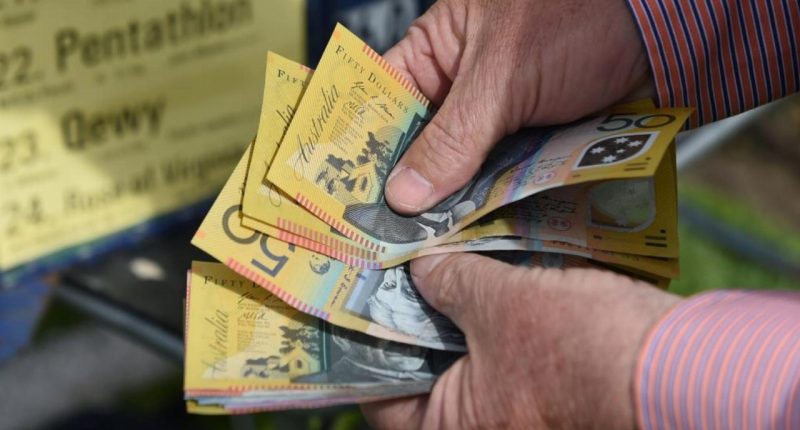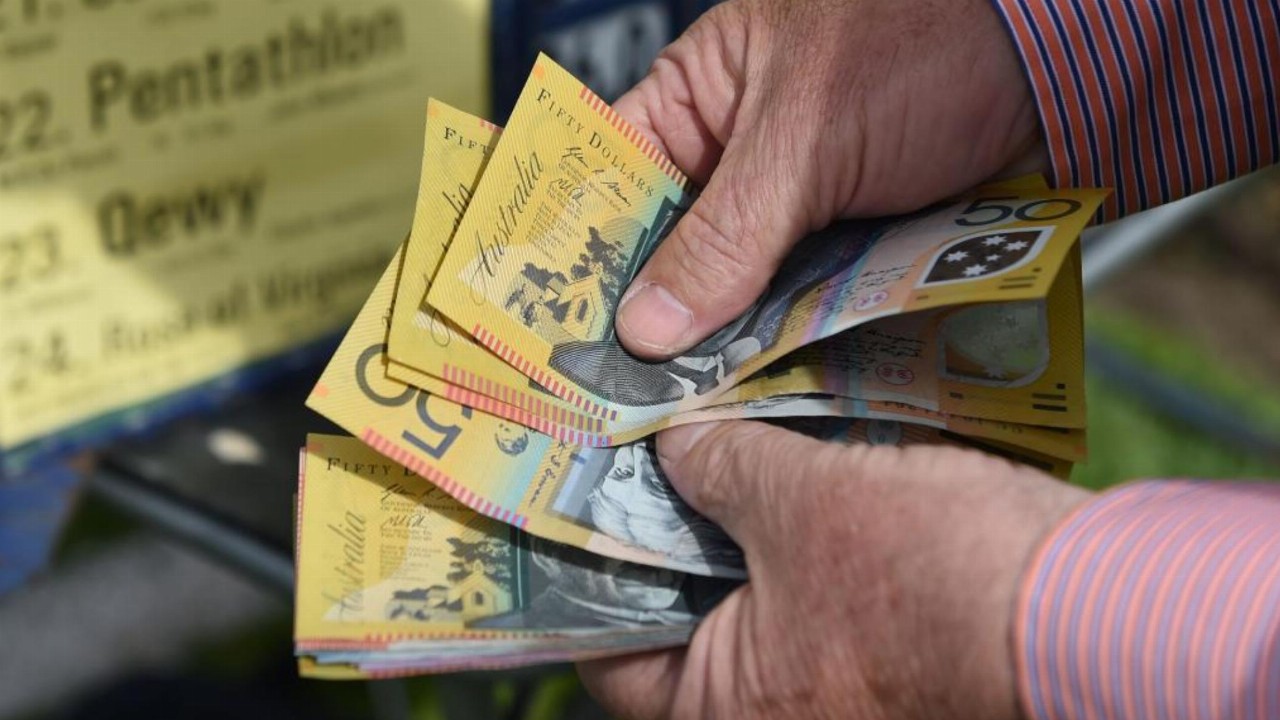The Australian Bureau of Statistics has released its monthly Household Spending Indicator, revealing that spending dipped by 0.7 per cent over the year in July.
In June, year-on-year household spending had increased by 1.8 per cent. Prior to that, it saw a rise of 3.3 per cent over the year in May.
While the Women’s FIFA World Cup had bolstered spending in June, the burden of rising expenses appears to have taken a toll on consumers, resulting in a noticeable decline in spending last month.
Year-on-year household spending on services was up by 2.4 per cent in July. However, a different narrative emerges for goods, which saw the most significant drop since July 2021, declining by 4.1 per cent.
Delving deeper into the data, non-discretionary spending on essentials like food, health, and transportation increased by 1.7 per cent.
Conversely, discretionary spending on items such as furnishings, clothing, footwear, and recreational goods decreased by 3.3 per cent.
ABS Head of Business Statistics Robert Ewing underscored the impact of interest rates and inflation on spending over the past year but also noted a glimmer of hope in the July data.
“This is the first time since February 2021 that the spending indicator has fallen,” he said.
However, the downward trend in discretionary spending continues.
“Spending on discretionary goods and services was down for the fourth straight month,” Mr Ewing added.
“Non-discretionary spending rose 1.7 per cent, which is the lowest growth rate since early 2021.”
Taking a broader view of the year, household spending has decreased in five out of nine categories. Clothing and footwear experienced the most significant decline, with a drop of 7.5 per cent, while spending on alcoholic beverages and tobacco fell by four per cent.
By State and Territory
Spending growth rates across Australian States and Territories were lower in July compared to the previous month.
Year-on-year, household spending declined in four out of eight states and territories. The Northern Territory (NT) led the decline with a 6.7 per cent drop, followed by Victoria, down 2.2 per cent, and Tasmania, which fell 1.4 per cent.
The Northern Territory experienced the most substantial slowdown, driven by reduced expenditures in clothing and footwear, down by 23 per cent, and recreation and culture, which saw a drop of 15.5 per cent.
Tomorrow, the Reserve Bank is set to convene, with many hoping for another pause.
The ABS data, while reflecting recent challenges, may also offer a glimmer of optimism for a potential turnaround in the months ahead.
This marks the final decision for the outgoing RBA Governor Philip Lowe, who is making way for Michele Bullock.








